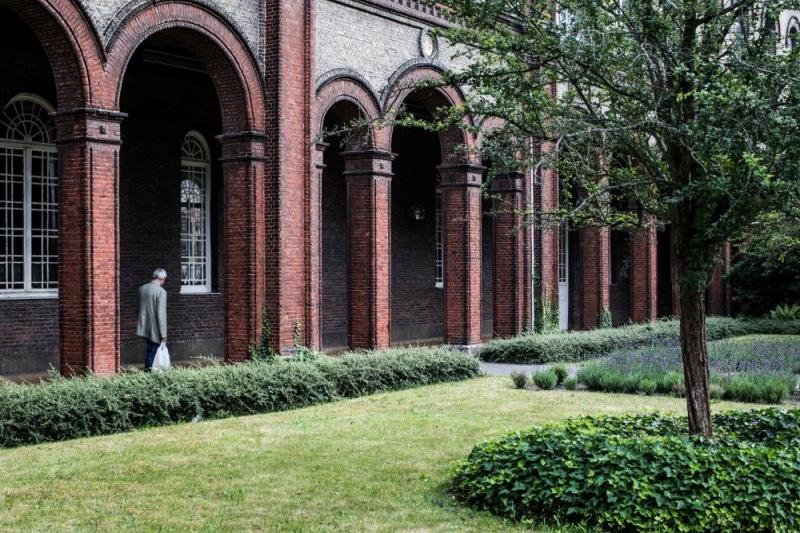Dr Guislain Museum
Removed from Unnamed collection





+ 2
Source: Priscilla Bates Images may be subject to copyright. Learn More
Nestled in Jozef Guislainstraat, Belgium's oldest mental asylum, dating back to 1857, now hosts a truly captivating museum. This institution owes its origins to the foresight of Dr. Guislain, a pioneer who was among the first to advocate for the humane treatment of the mentally ill. The museum, established in 1986 in Ghent, stands as a testament to the transformation in attitudes towards psychiatric patients and sheds light on the need for compassion and understanding.
The Dr. Guislain Museum's mission is to challenge and redefine the many prejudices surrounding mental illness and what society deems 'normal.' Its permanent collection offers a deep dive into the history of psychiatry, accompanied by an intriguing array of outsider art, also known as art brut. The museum's temporary exhibitions never disappoint, consistently offering fresh and thought-provoking perspectives.
Imagine strolling through the halls, where the echoes of the past meet the vibrant strokes of art brut, each piece telling its own story of struggle and creativity. The museum not only educates but also inspires visitors to rethink their perceptions of mental health. While you're in Ghent, take the time to explore the city's charming cobblestone streets and indulge in its culinary delights, adding layers to your cultural adventure. Whether you're an art enthusiast or a history buff, the Dr. Guislain Museum is a must-see gem that promises to leave a lasting impression.
 Priscilla Bates
Priscilla Bates  Belgium
Belgium